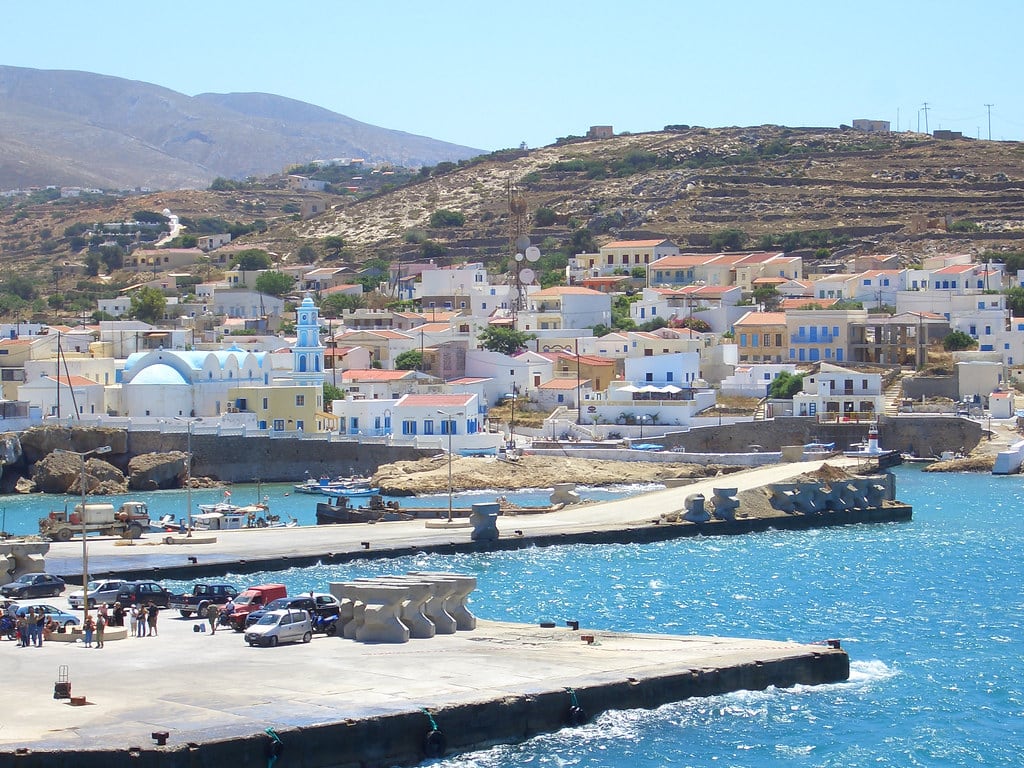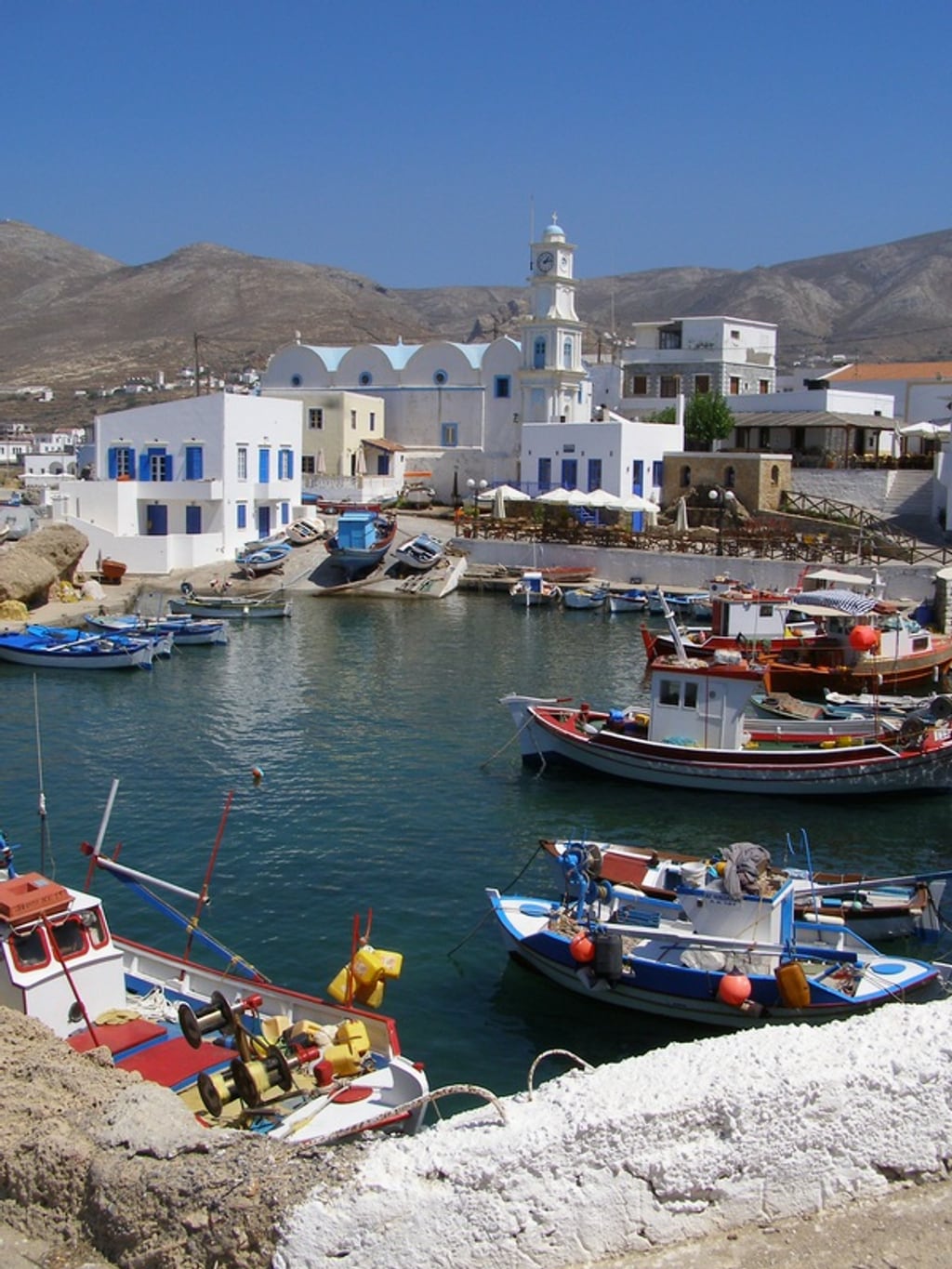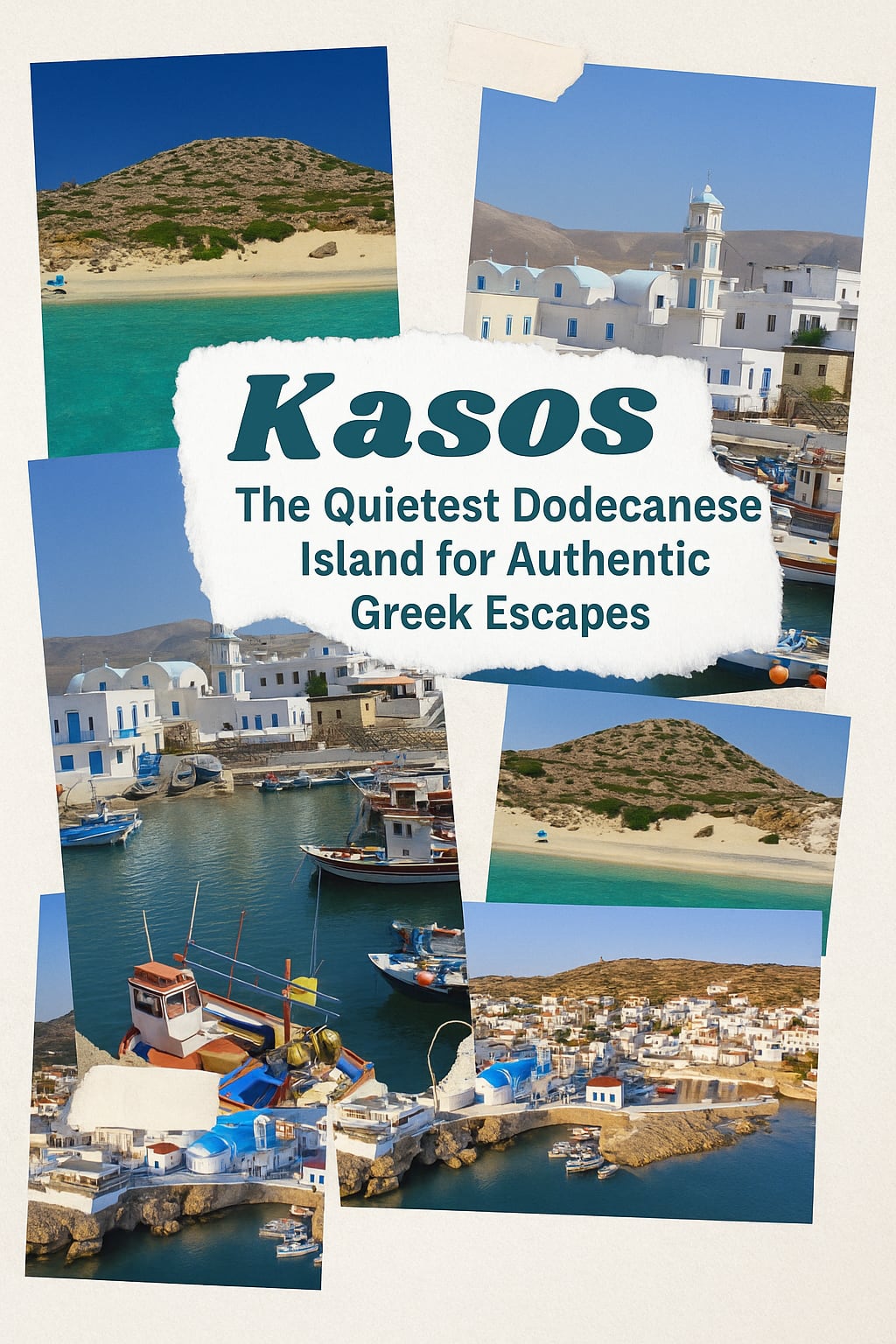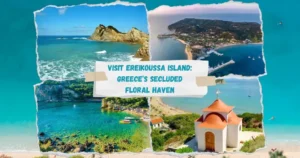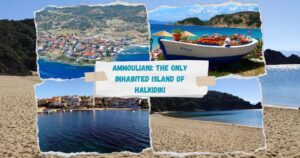Kasos: The Quietest Dodecanese Island for Authentic Greek Escapes
If you’ve ever imagined waking up to the sound of waves lapping against a rocky shore, hearing only the wind in the olive trees, and sipping Greek coffee in a harbor with no cruise ships in sight, then Kasos might be the destination you’re looking for. Located at the southernmost edge of the Dodecanese island group, Kasos is an island that most travelers have never heard of—and that’s exactly its charm. While its neighbors like Rhodes and Kos are bustling with tourists, Kasos remains a serene, time-capsule of Greek island life. Here, you won’t find beach clubs or luxury resorts, but you will discover an authenticity that’s become increasingly rare across the Aegean.
First Impressions: A Land Beyond the Tourist Trail
Arriving in Kasos feels more like entering someone’s village than arriving at a tourist destination. The small airport receives only a few flights a week, mostly from Rhodes or Karpathos, and the ferry dock welcomes the occasional boat with little fanfare. There’s no cluster of tour operators waiting at the port, no loud advertisements, and no crowds. Instead, you might be greeted by a few locals chatting over ouzo in the shade of the trees, or a fisherman mending his nets in the harbor. The pace is slow, the vibe is humble, and the welcome is genuine.
A Walk Through Fri: The Capital That Feels Like Home
The island’s main town, Fri (pronounced “Free”), is a modest settlement stretching along a small bay, flanked by hills and crowned with traditional Dodecanese architecture. Whitewashed houses with pastel-painted shutters line narrow streets that meander gently from the harbor into the heart of the town. There are no fast-food chains or flashy bars—just old-school kafeneia, family-run tavernas, and grocery shops where everyone knows each other by name. Time seems to flow differently here. The locals take their coffee slowly, conversations spill into the streets, and nothing is rushed. Even during the summer months, Fri remains delightfully uncrowded.
Beaches That Belong to You
While Kasos isn’t known for sprawling sandy beaches, it offers a range of hidden coves and pebbled shores that feel utterly private. One of the most beautiful beaches is Helatros, a bay at the southern tip of the island with clear turquoise water and dramatic rocky surroundings. This beach is popular with free campers and those who value silence over sunbeds. Another gem is Emporios, just a short walk from Fri. It’s the perfect place for a quick swim before lunch or a relaxed evening dip as the sun sets over the sea. For those seeking isolation, Ammoua and Antiperatos are two secluded coves that require a bit of hiking or a local boat ride—but the reward is complete solitude and pristine waters. There are no beach bars here, so come prepared with your own snacks, water, and plenty of sunscreen.
Food on Kasos: A Culinary Secret
One of the best reasons to visit Kasos is the food. This tiny island has an outsized culinary identity, shaped by its history, terrain, and proud traditions. Unlike many touristy Greek islands where menus cater to foreign tastes, Kasos sticks to its roots. You’ll find dishes here that are nearly impossible to find elsewhere. Start with dolmadakia made with fresh vine leaves, filled with rice, herbs, and a hint of lemon. Don’t miss sitia pasta, a handmade local specialty served with goat’s cheese or tomato sauce. Then there’s krasotyri, a strong cheese aged in wine that’s unique to Kasos. Many tavernas also serve staka, a buttery cream made from goat’s milk that’s often paired with rice or pasta. Meat and seafood are both well represented, with octopus drying in the sun outside many seaside eateries and lamb slowly roasting in village ovens. Meals are hearty, soulful, and made with love. Expect to pay around €10–15 per person for a full meal with wine—less if you go inland to the mountain villages.
Village Life and Cultural Depth
Beyond Fri, the island is dotted with tiny mountain villages like Agia Marina, Arvanitochori, and Panagia. These hamlets seem untouched by time, where stone houses cling to steep hillsides, and the scent of oregano and thyme hangs in the air. In Agia Marina, the largest of these villages, you’ll find panoramic views of the sea, narrow alleyways to explore, and locals who are always ready to chat. Each village has its own churches, often open for visitors, and some even hide small museums or folklore centers that showcase Kasos’ seafaring past. The local culture here is deeply proud. Traditional music, especially violin-led kasitika songs, still plays a role in daily life, especially during festivals. If you’re lucky enough to visit during a local celebration, you’ll be treated to live music, endless dancing, and feasts that go well into the night.
Hiking and Exploration for the Curious Traveler
Kasos is a hiker’s paradise. The terrain is rugged and raw, with crisscrossing donkey paths that connect villages, chapels, and remote bays. There’s little shade, so a hat and water bottle are essential, but the views are endlessly rewarding. One of the best hikes is the trail from Panagia to the old settlement of Agios Georgios. Along the way, you’ll pass by abandoned farmhouses, ancient olive trees, and maybe even spot a kestrel or wild goat. For more adventure, climb to the Prophet Elias chapel at the island’s highest point—it offers a 360-degree view over the Aegean, with Karpathos and Crete visible on clear days. Most trails are not marked, so consider asking locals for directions or using offline GPS apps like Maps.me.
Getting There and Around: The Practical Side
Getting to Kasos isn’t difficult, but it does require a little planning. The island has a small airport with flights from Rhodes and Karpathos several times a week. Ferries from Piraeus also serve Kasos, but the journey is long—up to 18 hours. A better option might be a ferry from Karpathos or Crete (Sitia), which takes just a few hours. Once on the island, public transportation is limited. There’s a minibus that connects major villages during peak season, but for freedom and comfort, renting a car or scooter is the way to go. Prices are reasonable, around €30 per day for a small car.
Where to Stay: Family-Run Charm
Don’t expect chain hotels or resorts here—Kasos is all about guesthouses, boutique rentals, and family-owned inns. In Fri, there are a few charming options right by the harbor, offering clean rooms with balconies overlooking the sea. Many travelers choose to stay in Agia Marina for a more rural experience. Rooms usually range from €40 to €70 per night in summer. The island’s hospitality is second to none; it’s common for hosts to leave a bottle of local wine or homemade cookies in your room. You’re not a guest—you’re a friend.
Best Time to Visit: When Silence Sings
Kasos is at its best between late May and early October. July and August are the warmest and busiest, though “busy” here is still wonderfully calm compared to most Greek islands. For fewer people and cooler temperatures, June and September are ideal. During Orthodox Easter or local name day celebrations, you’ll see the island come alive with music, food, and spiritual traditions. Winters are quiet, with some businesses closing, but the natural beauty remains.
Kasos vs. the Crowds: Why It’s Worth It
Many Greek islands promise “authenticity,” but few deliver it like Kasos. It’s a place where the old ways still hold, where locals aren’t performing for tourists but simply living their lives. The lack of mass tourism means fewer conveniences, but also fewer compromises. It’s the Greece of slow mornings, unmarked paths, and real connection. It’s for travelers who are willing to trade a bit of comfort for a deeper experience. You may not find five-star resorts, but you’ll find five-star moments—watching the sunset from a windswept hilltop, sharing wine with a stranger who becomes a friend, swimming alone in a bay with no footprints in the sand.
Final Thoughts: Escape Here, Not Just From There
In a world of over-tourism and Instagram clichés, Kasos stands apart. It’s not for everyone—and that’s a good thing. It’s for those who travel to feel, not just to see. Who prefer silence to selfies, substance to surface. Kasos asks nothing of you but your presence. And in return, it offers something deeply valuable: peace, connection, and a sense of time that doesn’t tick but flows. If you’re seeking the real Greek island dream, hidden far from the polished postcards and curated crowds, Kasos may be the escape you didn’t know you needed.



